God illustrates something of the hierarchy of the Godhead in the organizational hierarchy of the biological world. But God also illustrates the unified hierarchy of the Godhead. This is most clearly evident in the pattern of similarity among organisms. That similarities and diversity exist among organisms has already been discussed in Chapters 9 and 10. It is the pattern of that similarity and diversity that we now examine.
The following article is a from Devotional Biology: Learning to Worship the Creator of Organisms, Chapter 11.5, pgs. 239-245. The views expressed reflect those of the author, and not necessarily those of New Creation.
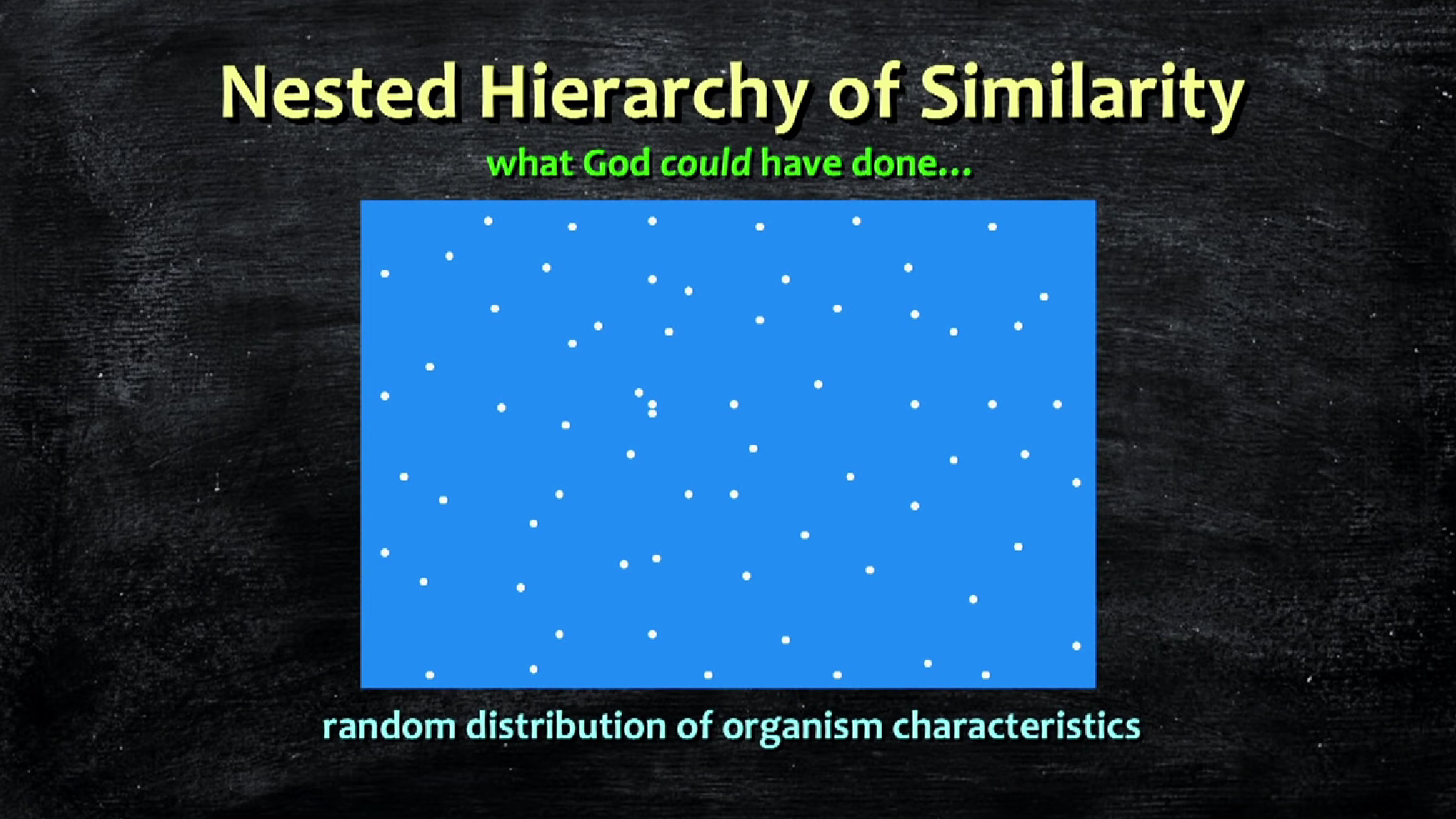
Let us try a thought experiment. Imagine representing each distinct form of biological life as a separate point in a square. The number of points in that square represents the huge number of different organisms that are possible. The distance between two points represents how similar two organisms are to each other. Two points right next to each other represent two species that are nearly identical. Two points on opposite sides of the square represent two organisms as different from each other as organisms can be. A random pattern of points in the square could show both high diversity (if there were many points) and high disparity (if points were found in most of the square), but there would be little evidence of similarity or design. A uniform pattern of points (where each point is located the same distance from the closest points) could show high diversity (if there were many points), high disparity (if points were found in most of the square), and high similarity or design.
Such a pattern, however, would not illustrate a unity or a spectrum of perfection of either disparity or diversity. Spectrum of perfection of disparity could be added if groups of close-packed bunches of points were grouped together in ever larger bundles of groups, something called a nested hierarchal pattern of points. If different groupings were a variety of sizes, we would also have a spectrum of perfection of diversity. If there were a variety of spacings between groupings, there would also be a spectrum of perfection of similarity. If biological organisms were arranged in a nested hierarchal pattern as described above, it would be possible to classify organisms in that nested hierarchal pattern.
Biological systematics (or biosystematics) is the science of classifying and naming organisms, and a professional in this field is called a biological systematist or, simply, systematist.
A group of organisms created by a systematist is called a taxon (pl. taxa). The science of grouping organisms into taxa, naming taxa and identifying organisms is called taxonomy, and the scientist who does this is called a taxonomist. For nearly three centuries, systematists have grouped and named organisms following a nested hierarchy pattern. The taxonomist names each distinct form of organism as a separate species.
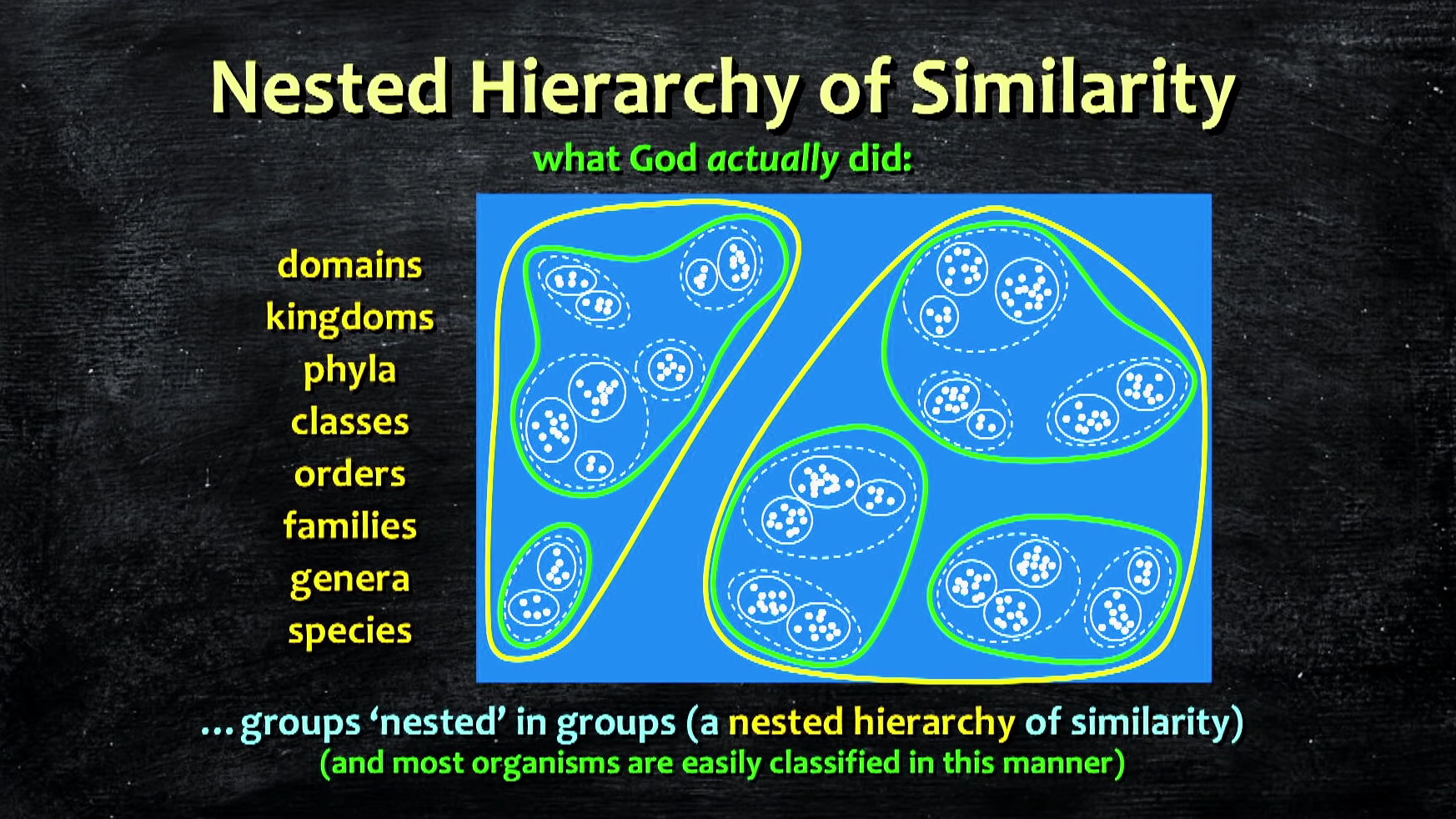
Following a pattern introduced by Linnaeus, a species is given a two-word Latinized name—a capitalized genus name followed by a lower-case species epithet. Humans, for example, have been named Homo sapiens (Latin for ‘wise man’). Homo is the genus name and sapiens is the more specific species epithet. The systematist then groups taxa in a series of higher taxonomic levels:
- Similar species are grouped together into a genus (pl. genera). [For example, humans are in the genus Homo.]
- Similar genera are grouped together into a family. [For example, humans are grouped with ape genera in the family Hominidae.]
- Similar families are grouped together into an order. [For example, humans and other hominids are grouped with monkey families in the order Primata.]
- Similar orders are grouped together into a class. [For example, humans and other primates are grouped with carnivore, insectivore, marsupial, and other orders in the class Mammalia.]
- Similar classes are grouped together into a phylum (pl. phyla). [For example, humans and other mammals are grouped with fish, bird, and reptile classes in the phylum Chordata.]
- Similar phyla are grouped together into a kingdom. [For example, humans and other chordates are grouped with arthropod, mollusk, worm, and other phyla in the kingdom Animalia.]
- Similar kingdoms are grouped together into a domain. [For example, humans and other animals are grouped with plant, fungi, protozoa, and other kingdoms in the domain Eukarya.]
The similarities that God placed in organisms (discussed briefly in Chapter 9) are what biologists use to group organisms in this way. Organisms that share the most similarities are placed into the same species, species that share similarities are grouped into the same genus, and so it goes for each taxonomic level. The fact that a majority of organisms are readily classified into this scheme suggests that organisms really are arranged in something similar to a nested hierarchal pattern. This is confirmed by the observation that a very similar classification results regardless of what type of similarity is utilized.
The classification that is produced using only similarities found in adult organisms looks very similar to the classification produced using only similarities found in developing organisms or in how long two organisms remain similar while they develop. And both of these classifications are similar to the many classifications produced using any of the many macromolecules found in organisms.
It is reasonable to assume that if an architect wished to create two similar-looking homes that he or she would probably use similar foundations, similar floor plans, and similar building materials. The more different the architect wants the house, the more different will also be the foundation, the floor plan, and the building materials. In fact, whatever the pattern of similarity is in all the homes built by a particular architect, one might expect a similar pattern of similarity when considering only one aspect of the homes (such as just foundations or just the windows or just the roofing materials, and so on). The similar hierarchal pattern found using different types of similarity would be expected if the same architect fashioned all of life.
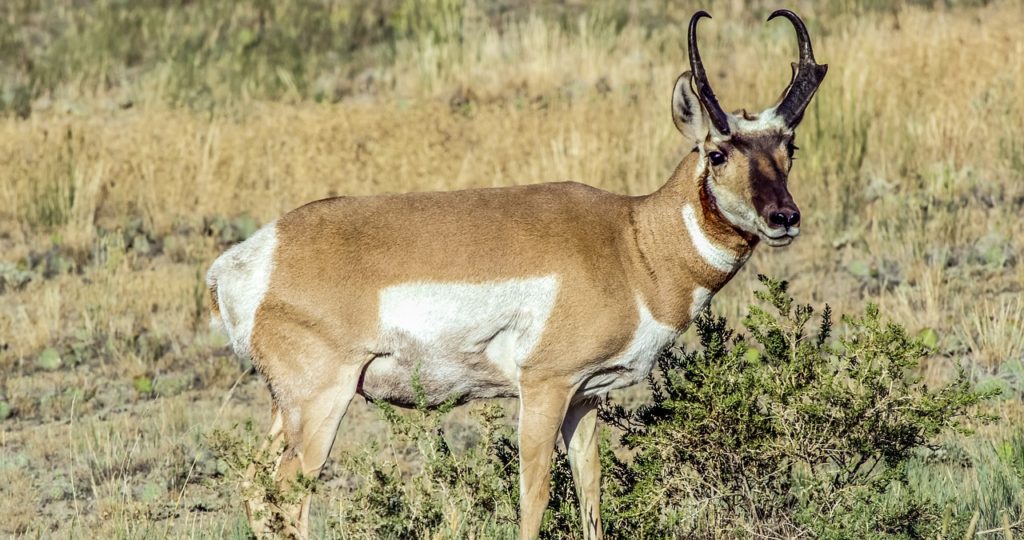
But this is not the end of the story. For nearly three centuries, most of the known organisms of the world have been named and classified according to a nested hierarchal pattern. However, a few organisms do not seem to fit into this type of classification. For example, even though the pronghorn (Antilocapra americana) is now placed into its own family, at different times it has been classified in the deer family (Cervidae) or the cow family (Bovidae).1 Similarly, although the lesser panda (Ailurus fulgens) is now placed into its own family, past taxonomists classified it at different times in the raccoon family (Procyonidae) or with the greater panda in the bear family (Ursidae).

The problem in these instances, and so many similar ones, is that in practice, scientists only use a small number of traits to classify organisms (not all the traits, as we imagined in our thought experiment). When one set of traits is used, one classification becomes clear (e.g. branched, temporary ‘antlers’ seem to place pronghorns in the deer family), but when another set of traits is used, another classification becomes clear (e.g. permanent bone ‘horns’ seem to place pronghorns in the cow family). It is also not uncommon for a different classification to result when different types of similarities are used (e.g. skeleton characteristics of lesser pandas place them in the bear family, behavior and coloration characteristics place them in the raccoon family, and genetic characteristics suggest they are more closely related to weasels). Although different sets of similarities produce similar classifications, they do not produce identical classifications.
If the character traits that produce one classification are considered along with the character traits that produce a different classification, homoplasies result. A homoplasy is a character trait that does not fit the pattern of classification suggested by other character traits. When a taxonomist makes a decision as to where to classify the organism, that homoplasy will be a character trait that organism shares with an organism in another group, but not with the other organisms in its own group. In our thought experiment, points would have to be both close together (when considering some traits) and at the same time not close together (when considering other traits).2
Described another way, points at a distance from each other on our diagram are found to have a few very profound similarities and these similarities are homoplasies. If we ignore the homoplasies, many similarities among organisms show evidence of hierarchy (species within genera, genera within families, families within orders, etc.). At the same time, the homoplasies provide evidence of unity (similarities between distant points on the square). Although homoplasies are not the majority of traits, they are also not rare.
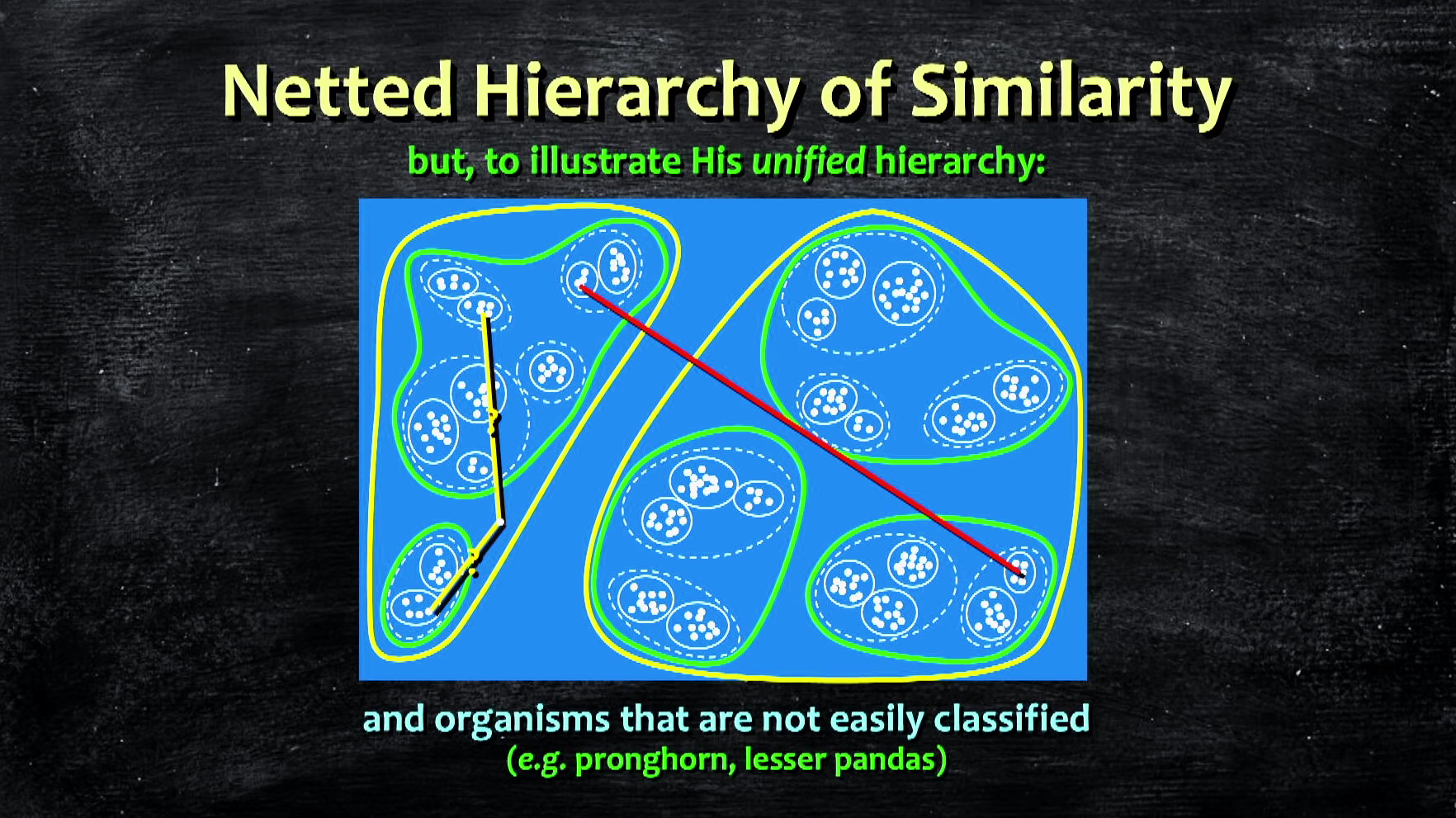
They usually account for about a fifth of the traits considered in classifying organisms. Such homoplasies suggest that not only is an organism similar to those with which it is classified (close points in our thought experiment), but it is also similar with organisms across the entire spectrum of life. Not only is there hierarchy among organisms (that which fits organisms into the nested hierarchal classification system), but there is also a widespread network of similarity that unites all the organisms—what might be called a netted hierarchy of similarity. A netted hierarchy is both hierarchal and unified, a physical illustration of the invisible unified hierarchy of the Godhead.
THE ORIGIN OF BIOLOGICAL HIERARCHY
In the naturalistic worldview, the diversity of biological life arises by evolution, starting with the simplest of organisms. Modern organisms with the simplest organization are those constructed of one cell, and the one-celled organisms with the simplest organization are those that lack organelles. In the worldview of naturalism, one-celled organisms whose only membrane is the cell membrane and who are lacking the complex nucleus, should have been the first organisms to evolve. Since such organisms should have evolved before cells with nuclei, scientists with a naturalistic worldview called them ‘prokaryotes’ (pro: ‘before’ + karyon: ‘nut’, for nucleus), and sometimes use their existence as evidence for evolutionary theory.
![By Mariana Ruiz LadyofHats - i did the diagram myself using adobe illustrator , as source for the information i used this websites [1], [2],, [3] and [4], Public Domain, https://commons.wikimedia.org/w/index.php?curid=734929](https://newcreation.blog/wp-content/uploads/2022/05/upload_wikimedia_org-1200px-Prokaryote_cell_diagram.svg_-1024x565.jpg)
However, organisms that small have sufficient surface area on their outer cell membranes to perform all the cellular metabolism required by cells with such a small volume. It is most likely that these cells lack organelles because that is the best design, rather than because they have not yet evolved them. Besides, these cells are by no means simple, for most of them are capable of doing so much more than any eukaryote can do.
For example, most of the functions of the biomatrix, such as fixing nitrogen, molybdenum, nickel, etc. and getting energy from hydrogen gas, sulfur compounds, etc. are performed by these tiny cells. It seems more likely that the absence of organelles is due to good design rather than inadequate evolution.
Cells are complex biological systems (see Chapter 9 for a discussion of biological systems). Even the cells with the simplest organization are constructed from millions of molecules, integrated so well that they function very much as units. Based on our experience, such complexity and integration could never be generated spontaneously. The fact that cells are capable of a variety of emergent properties that no human-created systems can accomplish (e.g. reproduction), suggests that they were designed by an intelligence exceeding that of humans.
Finally, cells are irreducibly complex. If they possess less than a certain minimum number of components they simply cannot function. They cannot be generated one step at a time, such as the naturalistic worldview requires. The complexity, emergent properties, and irreducible complexity of cells are more consistent with creation by God, than anything suggested in the naturalistic worldview.
Because of the needs of metabolism and the limitations of biological membranes, cells seem to be about as large as they can be and still not have to be divided into smaller chambers. Consequently, cells seem to be the optimal design and the fundamental construction unit of biological life. If biological life were designed, it would have been constructed from cells or something very much like them. The fact that all biological life was made this way not only suggests that life was designed, but that all biological life was designed and constructed by one Creator. Once the Creator chose the cell as the construction unit, large organisms would have to be made from trillions of component
cells.
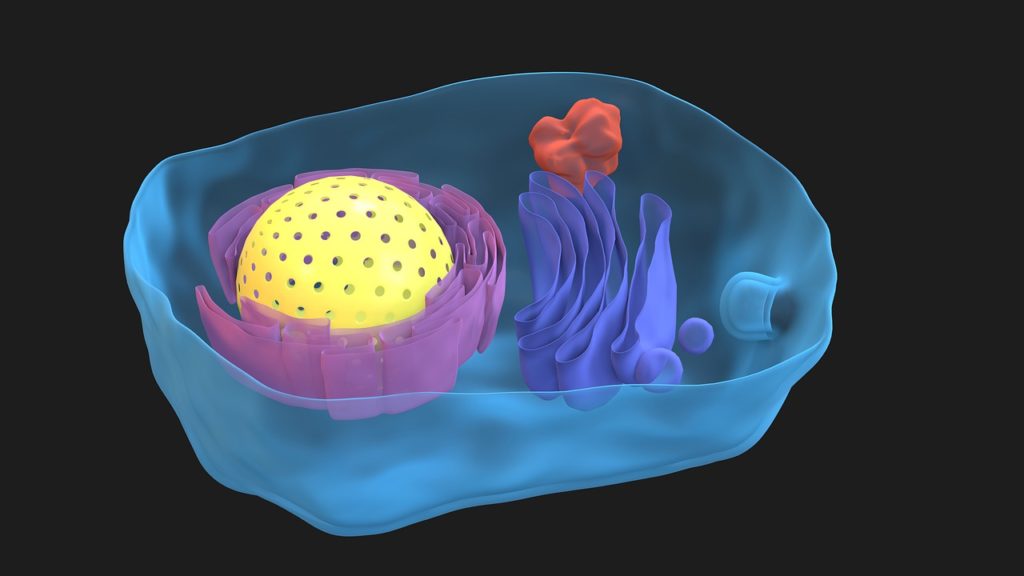
Among human designs, the most efficient systems are those with a hierarchy of organization which is appropriate for the size of the system (e.g. 2 hierarchal tiers for feeding thousands; 4 hierarchal tiers for ruling millions). The number of levels of biological organization in organisms (e.g. six levels for trillions of human cells) is similar to what is expected in an efficiently designed system. The similarity of organizational hierarchy in biology and well-designed human systems suggests that not only cells were well designed, but all the organisms made from those cells were also well-designed. Although this might be expected from a Creator, such efficiency is not a reasonable expectation in a naturalistic worldview.
The best explanation for the origin of organisms in the naturalistic worldview is macroevolution. According to macroevolution, every species is continually generating new species, distinct from the original species but similar to it. This is somewhat analogous to a human couple generating children that are distinct from the couple, but at the same time similar to them. In this manner, by reproduction, a human couple can generate a very large and diverse family tree over time. In a similar manner, by macroevolution, a species is thought to be able to generate a large and diverse
evolutionary tree over time. One species becomes two (an early branching of the tree) and on each branch a species branches into two more. In such a manner one species generates the modern diversity of life.
If this is how life’s diversity came to be, life should follow a simple nested hierarchal pattern, for every taxon was derived from only one previous taxon and should be classified in only one taxon of the next highest level (just as every branch grows out of only one larger branch). If life’s diversity was generated by macroevolutionary theory (the best theory in the naturalistic worldview), then it should be possible to classify all organisms in a simple nested hierarchal pattern, and different types of similarities should generate the same pattern.
Macroevolutionary theory has difficulty explaining the organisms that cannot be classified into a simple nested hierarchy. It also has difficulty explaining homoplasies—those traits of organisms that suggest different patterns. The widespread homoplasy of life suggests that life was not generated by macroevolution. Rather, the netted hierarchal pattern of life is more consistent with creation by a God Who desired to illustrate His own unified hierarchy in the biological creation.
BIOLOGICAL HIERARCHY: OUR RESPONSIBILITY TO GOD
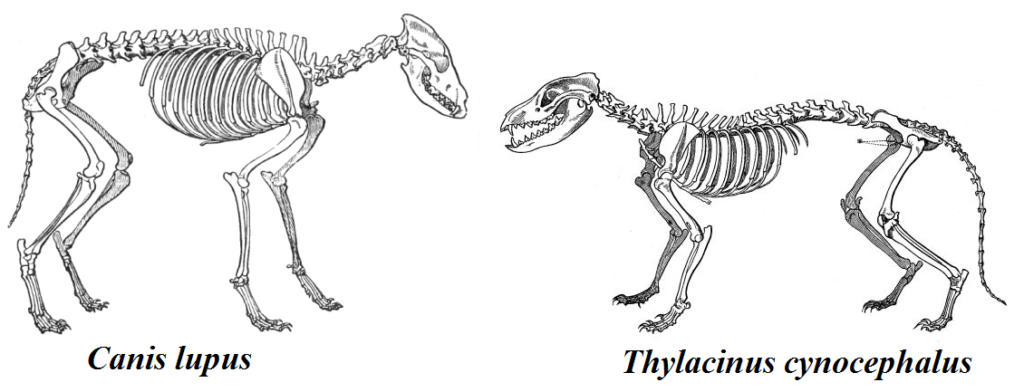
The unified hierarchy of the Godhead is a challenge to comprehend. It is difficult enough to understand how three persons can be one; it is even more difficult to understand how three persons in hierarchy can be one and mutually submissive. Yet God desires more than our comprehension of His nature. He wishes us to illustrate His nature in our lives—to show unified hierarchy in our families and in our churches. Towards that end, the hierarchy of biological organization and netted hierarchy of biological similarity can help us. As we better understand the hierarchy of biology, we can get closer to understanding the nature of God. This in turn can help us better live out unified hierarchy
in our homes and churches.
The organisms which are difficult to classify, such as the lesser panda and the pronghorn, along with homoplasies, cell complexity, and the optimality of biological organization should demonstrate the inadequacy of evolutionary theory. This, in turn, should remind us of the only reasonable explanation—that God created these things. The remarkable complexity of cells, including the amazing capabilities of bacteria, ought to impress upon us the wisdom of God’s design, and evoke worship of the great God Who knows what is best for us.
Since these features are best explained by a God of unified hierarchy, they should also remind us of the hierarchy of divine authority and evoke worship of the God Who has authority over all. At the same time, since God designed this hierarchy so that we could see it, they also remind us that God desires for us to know Him. That such an awesome God desires a relationship with us, ought to inspire us into even more worship.
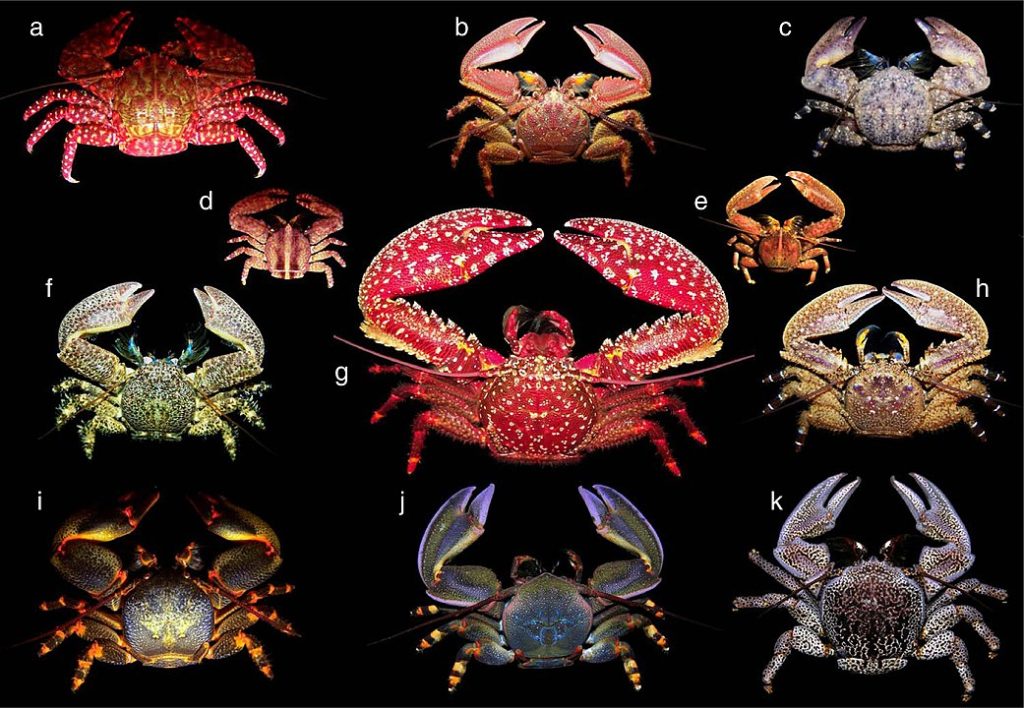
As a consequence, a study of biological hierarchy should not only improve our understanding of God, but it should also encourage us to live a life filled with His worship. As we continue, we cannot help but share this worship with others and so glorify our God. Contemplation of biological hierarchy can thus stimulate us to better know God, worship God, glorify God, and bring others into our worship of God.
Learn More About Biological Similarity
Footnotes
- The ‘horn’ of the pronghorn has a permanent core (as horns in the cow family, Bovidae, are permanent), and a sheath that is shed every year (as antlers in the deer family, Cervidae, are shed every year), but pronghorn cores are branched (as opposed to the unbranched horns of Bovidae) and pronghorn sheaths are made of keratin (as opposed to the bony antlers of Cervidae). ↩︎
- Although this is not possible to visualize, it is mathematically possible if our square did not have just two dimensions, but had as many dimensions as we had traits. Each trait would be represented in its own dimension of our multidimensional ‘square’. ↩︎


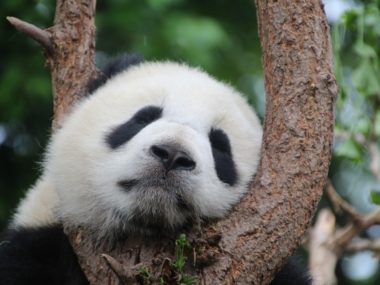

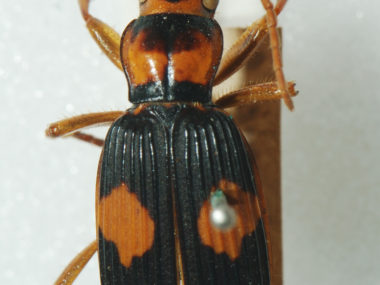
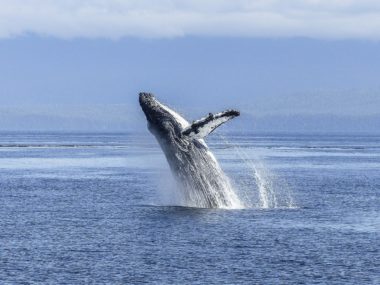
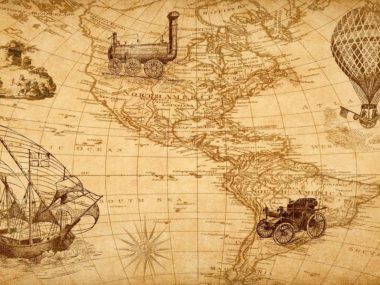
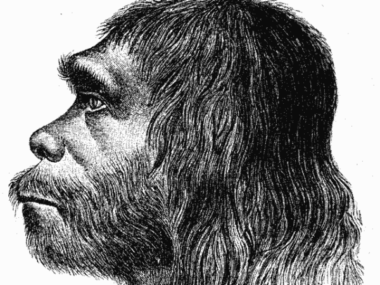




Except, everything you wrote is wrong.